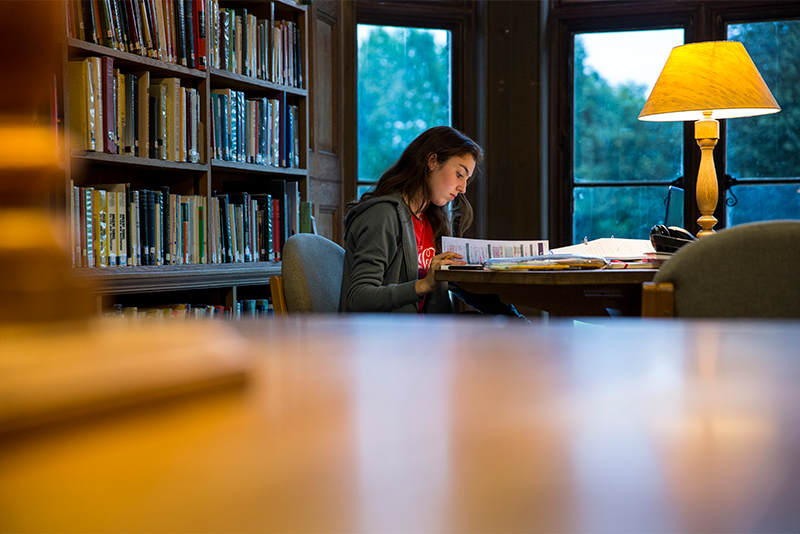A Place for Libraries in 2022
10 February 2022 - Academic

Libraries are a trusted and valued asset in any community. Though printed books remain a focus – great libraries strive to improve usage, access, and diversity of resources. From online journals and self-service stations to antique collections and archives, there are a lot of possibilities.
Most libraries adapted well during lockdown, often providing access to audio and e-books, as well as opening online registration for public library accounts. This exposed a treasure trove of stories, articles, and learning resources that had often always been there, but were now thrown to the forefront of the public’s attention.
School libraries, in particular, hold an important role in the lives of many young people; a place for the enthusiastic joy of finding the latest book in a pupil’s favourite series, a warm solace to complete revision and assignments, stacks of both new and old tomes to gather information and inspiration, the contrast of decades-old wooden bookshelves with up to the minute databases and library catalogue phone apps. And, of course, the presence of a friendly face in the form of library staff, on hand to recommend a good teen read or the best title for their essay research or to remind pupils to take study breaks and feel comfortable in a place that is often seen as a quiet, safe haven in the comings and goings of the busy school day.
Despite constant leaps forward in technology and opportunities for the world to become ever more digital, libraries strike the balance between the traditional and the new. The abundance of useful digital information, access and tools that streamline the gathering and sharing of data, and providing a modern library service, sits in harmony with the fact that we are unlikely to ever lose the desire for reading the printed word on paper.
Whilst writing my dissertation in 2012, during the increasing popularity of the digital, I pondered whether we might eventually see a post-digital revival of the printed book. Evidently Publishers Weekly recently reported that the sales of printed books increased over the past year, with most of us favouring the printed variety of novels, textbooks, newspapers and magazines.
With teenagers in mind, there was a 30% rise in Young Adult book sales. This was largely influenced by videos posted by a community aptly known as ‘BookTok’ on the popular phone app TikTok. Isn’t it interesting that by way of a popular and contemporary app that we swipe on a screen, readers are still choosing to purchase the more expensive and bulky, physical copy of a book? This intermingling of technology with books-in-hand experience reflects that collaborative approach Libraries take in order to provide the ideal outcomes for their users.
Mr Lenton, Head of English said “The Library is at the heart of our community at Wycombe Abbey, providing a wealth of resources, a quiet working space and a goldmine of ideas and inspiration to spark intellectual curiosity and creativity. It is a truly cross-curricular hub of activity and a home from home for the English teachers who eagerly seek it out as the perfect environment in which to nurture a love of reading and share a passion for literary exploration”. I am now five months into my first year as Librarian at Wycombe Abbey and I am looking towards the future at what exciting possibilities we have the potential to achieve. We will build on the incredible foundations of both the old as well as new resources we have in the Wycombe Abbey Libraries, with the hope for continuing to strike that balance amongst the joy of reading, discovery, and learning – whether that be by paper or on screen. Miss Boswell, Deputy Head (Academic) sums it up beautifully when she said, “Libraries are at the heart of Wycombe Abbey life. They give us pleasure to discover the unknown and they enable us to learn about ourselves and about the world”
Fay Myers
Librarian